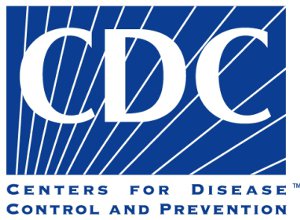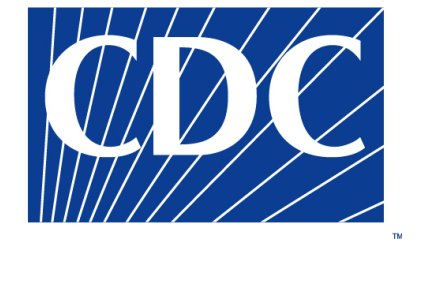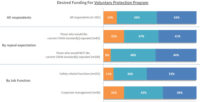 The Centers for Disease Control and Prevention (CDC) announced that it is accepting its advisory committee’s recommendation to redefine the level at which children are considered to have too much lead in their blood and to focus the nation’s attention on preventing lead exposure.
The Centers for Disease Control and Prevention (CDC) announced that it is accepting its advisory committee’s recommendation to redefine the level at which children are considered to have too much lead in their blood and to focus the nation’s attention on preventing lead exposure.
CDC’s “level of concern,” unchanged since 1991, is a blood lead level of 10 micrograms per deciliter. The new reference value, which is based on population blood lead levels, would focus action on those children with the highest blood lead levels (i.e. those above the 97.5th percentile). The revised value would be five micrograms per deciliter. The change will increase the number of children requiring follow-up services from less than 100,000 to 450,000.
The National Center for Healthy Housing and the American Public Health Association expressed their support for the decision –stating that the policy change is supported by overwhelming evidence and that more resources are needed to fully implement the decision.
“Despite the near elimination of CDC funding for lead poisoning, this is the right policy for the nation’s children. Parents will now have the information they need to protect their families from lead,” said Rebecca Morley, executive director of the National Center for Healthy Housing.
CDC’s action today also underscores the need for prevention, since the damage caused by lead poisoning is irreversible. Older housing with lead-based paint, and the dust and soil it generates, are the key sources of exposure for children. CDC will call on housing officials and others to join the public health community in prevention efforts.
“The evidence provided by the committee clearly demonstrates that even lower levels of lead exposure can adversely impact one’s health,” said Georges C. Benjamin, MD, FACP, FACEP (E), executive director of APHA. “These recommendations should be a wake-up call to members of Congress that they are missing opportunities to protect the health of our nation’s children. Appropriate funding for lead poisoning programs must be reinstated.”
The president’s 2012 budget proposed cutting CDC’s Healthy Homes and Lead Poisoning Prevention Program and its Asthma Control Program by 50 percent. Congress passed a final budget in December cutting the program from $29 million in 2011, to just $2 million.
New findings suggest that the adverse health effects of BLLs less than 10 ug/dL in children extend beyond cognitive function to include cardiovascular, immunological, and endocrine effects.
Families can prevent exposures by keeping homes “lead-safe,” and agencies can help eliminate lead poisoning by enforcing new EPA regulations requiring the use of lead-safe work practices during home renovation and repairs and targeting resources to high-risk families and communities.
A summary of CDC's responses to the Advisory Committee recommendations may be found here.
CDC’s full response may be found here.
The complete Advisory Committee statement may be found here.
Lead gets a new label from CDC
Funding for lead poisoning prevention nearly eliminated




